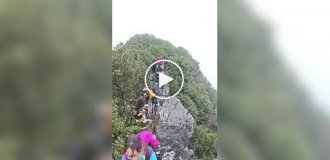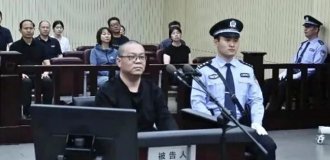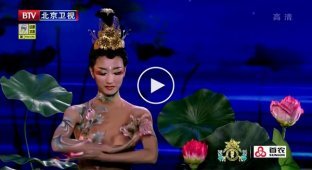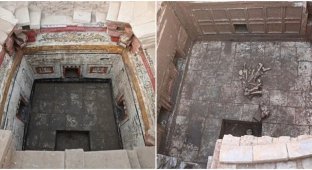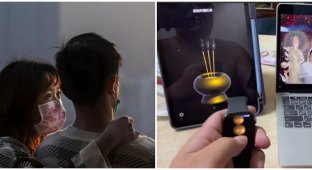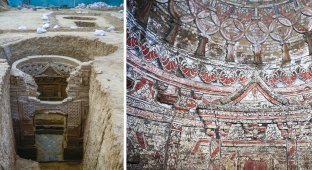The History Of The Tradition Of Applying Patterns To The Forehead In China (7 photos)
While watching Chinese costume and fantasy dramas, foreign viewers notice that one of the mandatory attributes of makeup is a pattern on the forehead. Let's look into the origins of this tradition. 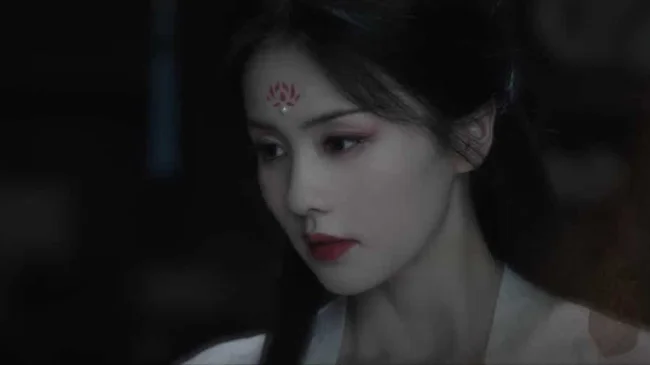
Some scholars believe that the tradition of decorating the forehead with patterns originates in the Warring States period, which lasted from the 5th to the 3rd century BC. In one of the tombs from this time, female figurines with dots on the forehead were found, which had the shape of a trapezoid.
Other researchers suggest that this tradition is associated with the emergence of Buddhism in China. During the Eastern Han Dynasty (25 – 220 CE), Buddhism spread widely in the Central Plains and became increasingly popular in the following years. This phenomenon had deep social roots. To escape wars and massacres, people left their hometowns, migrating from the north to the south. Cultural exchanges between the northern and southern regions contributed to the spread of religion. Buddhism became an integral part of Chinese culture and a spiritual support for many people. 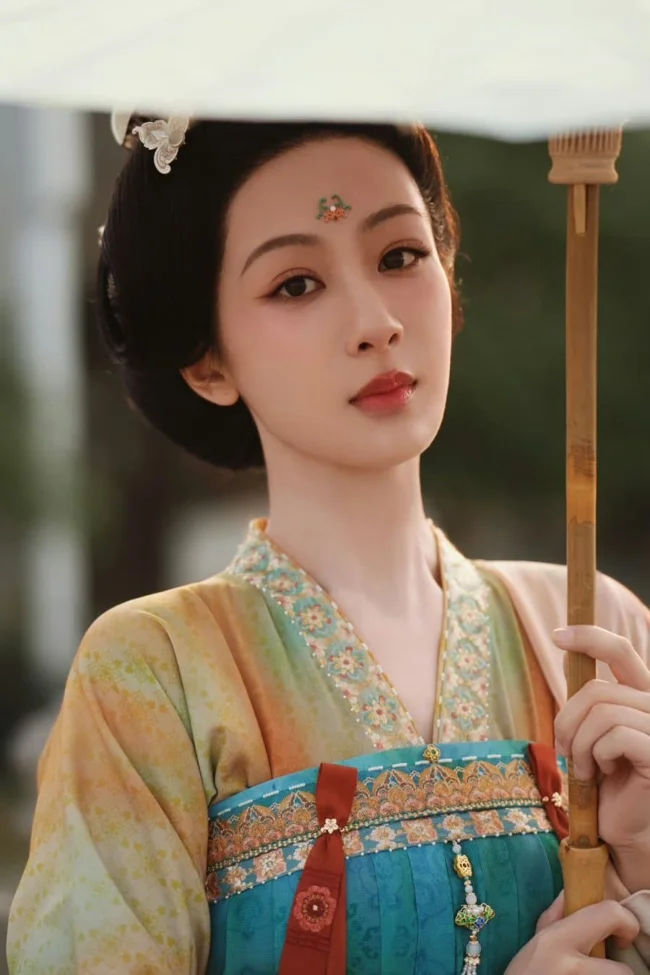
Under the influence of Buddhism, it was popular for women at that time to paint yellow on their foreheads. This was done either with paint and a brush, or by dipping various materials (paper, pieces of mica, silk, dragonfly wings, fish scales, and gold leaf) into paint and gluing them to the forehead. Later, materials were dyed in other colors, which made them look like real appliques.
The most famous is the application of a pattern in the form of a plum blossom. This makeup is called huadian. It was widely used and was popular during the Tang and Song dynasties. 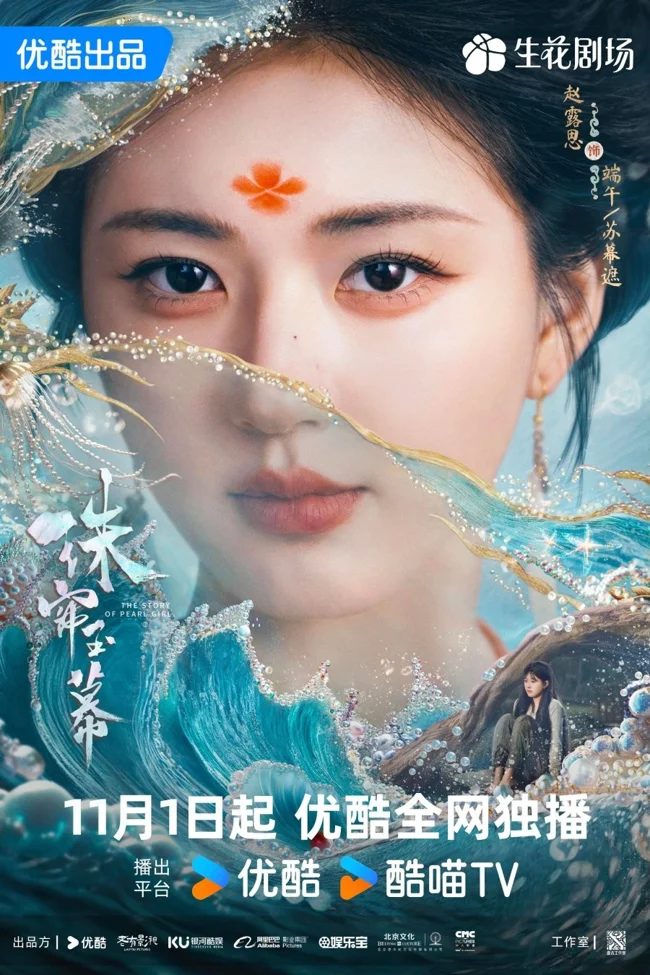
According to legend, huadian originated during the Southern Dynasty (420–589 AD), when a plum blossom accidentally fell on the forehead of Princess Shouyang while she was walking around the palace in early spring. For some reason, the blossom could not be removed or washed off, but it looked so beautiful on the princess that it became a fashion trend.
According to another version, one day, Princess Shouyang dozed off under a canopy, and a plum blossom fell on her forehead, leaving a mark that did not wash off for three days. The effect was so impressive that it became fashionable and was copied by other women from the palace. Soon, this trend quickly spread throughout the country.
The painting depicts a lady with a plum blossom on her forehead. The painting is kept in the Taipei Museum, Taiwan. 
Later, not only the plum blossom image was used, but also other ornaments: butterflies, fish, ducks, and so on. In addition, the tradition of making appliques from various materials was still preserved. Different dyes were used to apply patterns: red, yellow, green.
Different forms of makeup patterns: 
The most popular color was red, which was widely used during the Tang Dynasty (618–907 AD). There is also an interesting legend associated with this type of makeup and period.
Shangguan Wan'er is an outstanding historical figure who was known as a politician, poetess, and secretary to Empress Wu Zetian, who reigned from 665 to 705. 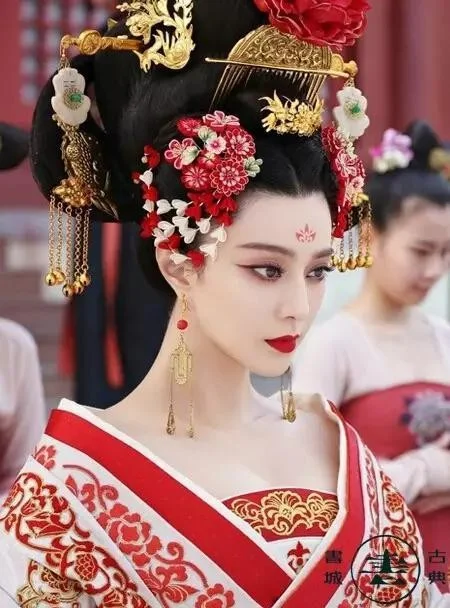
The Empress held Shangguan Wan'er in high regard and trusted her completely. However, when her name was discovered on the list of conspirators, she was deeply disappointed. Her anger was so great that she grabbed a pair of scissors and threw them at her secretary. The scissors pierced Shangguan Wan'er between the eyebrows, and blood gushed out.
Wu Zetian ordered the secretary not to move. Having calmed down, the Empress, recognizing Shangguan Wan'er's talent, showed mercy and spared her life. However, Shangguan Wan'er was left with a noticeable scar on her forehead, which she tried to hide by painting a plum blossom. This flower pattern not only hid her scar, but also made her look more beautiful and charming. It became so popular among the ladies of the court and the common people that it became a typical makeup of the Tang Dynasty (618 - 907). 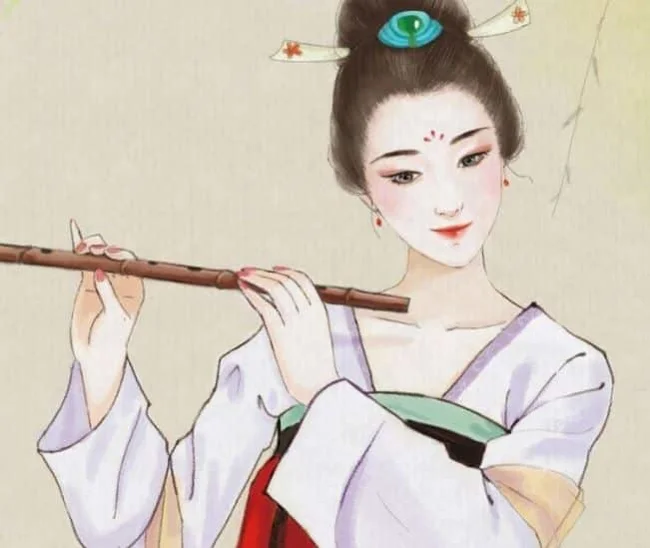
During the Song Dynasty (960 - 1279), when modesty and elegance began to be valued in society, pearls were often applied to the forehead. The tradition of painting and applique on the forehead weakened and disappeared during the Yuan Dynasty (1271 - 1368).
